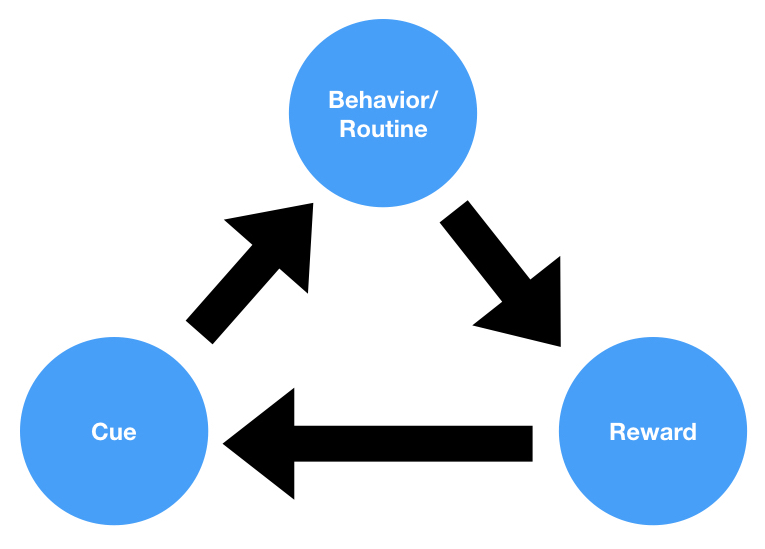Satisficing is a decision-making strategy and concept rooted in behavioral science, particularly within the field of bounded rationality, a theory developed by Nobel laureate Herbert A. Simon. Satisficing refers to the process of selecting an option that meets a minimum threshold of acceptability or satisfies a set of predetermined criteria, rather than pursuing the optimal or best possible choice. The term “satisficing” is a portmanteau of “satisfy” and “suffice,” highlighting the balance between meeting one’s needs and minimizing cognitive effort or resource expenditure.
The concept of satisficing emerged as a response to the classical economic assumption of rational decision-making, which posits that individuals consistently make choices that maximize their utility or benefit. Simon argued that due to cognitive limitations, time constraints, and imperfect information, individuals are often unable to identify and evaluate all potential options, resulting in suboptimal decision-making. Satisficing represents a more realistic and adaptive approach to decision-making, as it acknowledges the constraints and trade-offs involved in real-world decision-making processes.
Satisficing can be influenced by various factors, such as:
- Cognitive Capacity: Individuals with limited cognitive capacity, expertise, or experience may be more likely to engage in satisficing, as they may struggle to process and evaluate complex information or make nuanced judgments.
- Time Pressure: Satisficing is more likely to occur when individuals are under time pressure or facing deadlines, as these constraints can limit their ability to search for and assess multiple options.
- Ambiguity and Uncertainty: In situations characterized by ambiguity or uncertainty, individuals may resort to satisficing due to the difficulty of identifying or predicting the optimal choice.
The implications of satisficing extend to various domains, including:
- Consumer Behavior: Satisficing can affect consumers’ purchasing decisions, as they may choose products or services that meet their minimum requirements, rather than investing the time and effort required to identify the best possible option.
- Organizational Decision-Making: Managers and decision-makers may engage in satisficing when making strategic decisions, resource allocations, or personnel selections, particularly under conditions of uncertainty or resource constraints.
- Public Policy: Policymakers may adopt satisficing strategies when designing and implementing policies, focusing on achieving minimum acceptable outcomes or addressing the most pressing issues, rather than striving for optimal solutions.
While satisficing can be an efficient and adaptive decision-making strategy in certain contexts, it may also result in suboptimal outcomes, missed opportunities, or reduced satisfaction. To enhance decision-making quality and well-being, individuals and organizations can employ various techniques and strategies, such as:
- Improving Information Access: Facilitating access to relevant, accurate, and timely information can help individuals make more informed decisions and reduce their reliance on satisficing strategies.
- Developing Decision-Making Skills: Enhancing individuals’ decision-making skills, expertise, and experience can improve their ability to process complex information, evaluate options, and identify optimal choices.
- Creating Decision Aids and Support Systems: Implementing decision aids, support systems, or structured decision-making frameworks can help individuals and organizations streamline the decision-making process, minimize cognitive load, and mitigate the impact of satisficing.
Understanding and addressing the implications of satisficing is essential for improving decision-making quality, promoting more efficient resource allocation, and enhancing overall well-being and performance in various personal, educational, and professional contexts.




